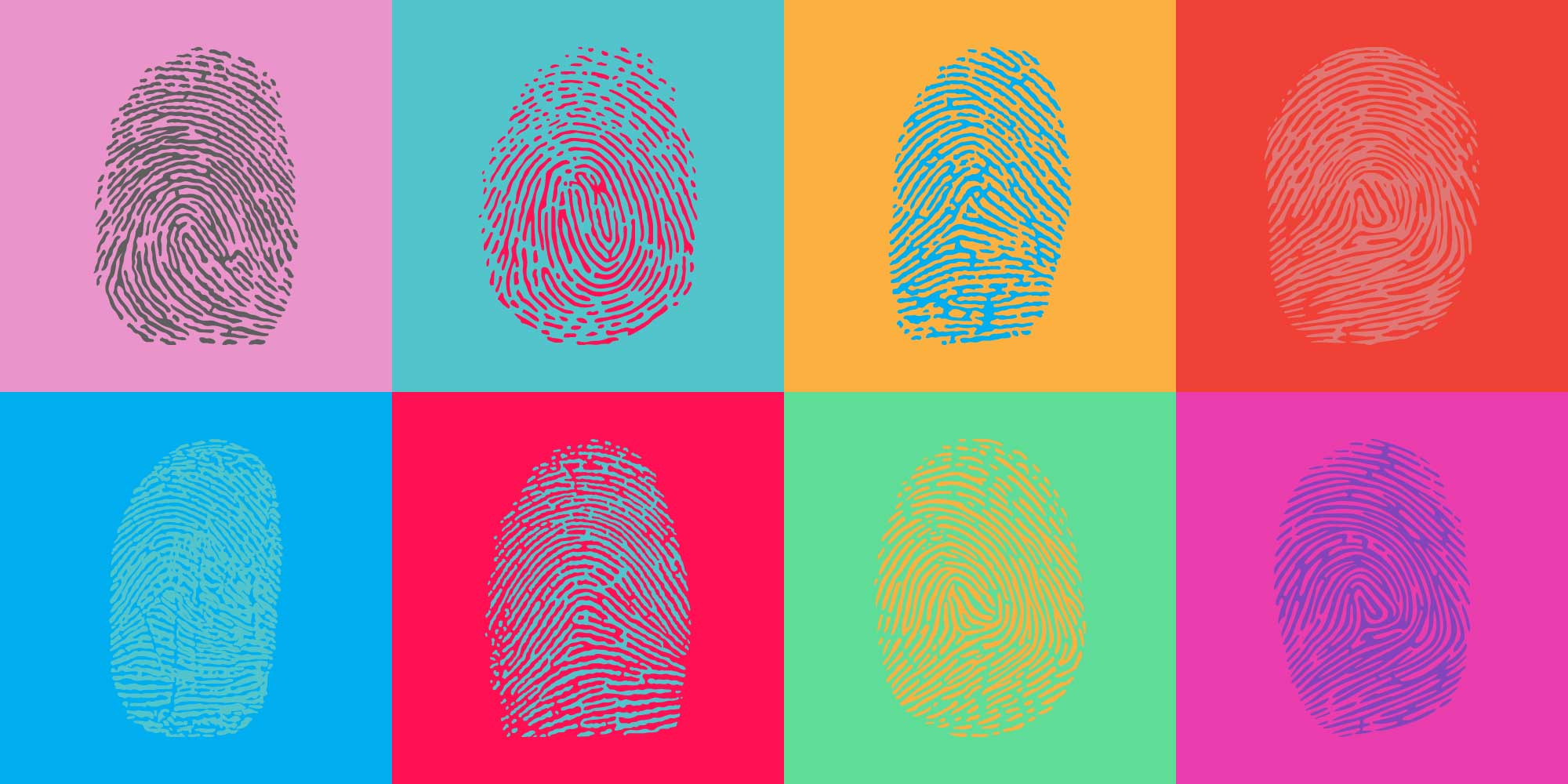
Consumers love the idea of shopping online, either from their homes or on the go. In 2021, retail e-commerce sales amounted to approximately 5.2 trillion U.S. dollars worldwide, and the number is forecast to grow by 56 percent over the next few years, reaching about 8.1 trillion dollars by 2026.1
As e-commerce continues to grow, brands are increasingly turning to personalization to drive brand sales and loyalty with new and existing customers. Why? What was once considered novel is now normal, and consumers expect a personalized shopping experience at every turn. Today’s article focuses on the importance of brand personalization in marketing and ecommerce, its challenges, and a blueprint for executing personalization at scale with the help of technology.
Importance of Personalization
Brand personalization is the idea of creating and delivering experiences for users or customers that are specifically tailored to their needs based on data collected about the customer. Once a novel approach to marketing, a personalized approach is now not just the new normal – but exceedingly expected by consumers.
Focusing on the customer’s preferences demonstrates a brand’s interest in providing both a highly satisfactory shopping experience and the preferred end result. Providing this kind of personalized experience throughout the customer’s journey encourages loyalty – and brand loyalty encourages repeat sales.
Main Personalization Challenges
Although the importance of personalization in ecommerce is growing and quickly becoming a strategic priority for marketers, the process is not without its challenges, including privacy concerns and scalability.
Privacy
Data security is on everyone’s mind for a good reason. As consumers are encouraged to provide data to shop or log in to sites via social channels, there should be a high level of confidence that the data shared is secure from bad actors. After all, consumers’ expectations for true personalization and tailor-made recommendations include maintaining control over their data.
Therefore, the brand is responsible for building transparency and trust around how data is collected and used while managing data privacy regulations and compliance. In other words, leverage the right data (i.e., first-party data collected from the consumer directly) for personalization while also communicating to consumers how the data is used.
Scalability
One of the biggest challenges for marketers seeking to craft bespoke content and personalized recommendations for customers has been data, or, more specifically, too much of it. Harnessing all of the data collected across multiple channels is a herculean task, making the idea of providing digital personalization at scale seem impossible. After all, it’s humanly impossible to be everything to everyone – or at least it was before technological advances like AI (artificial intelligence) provided the means to achieve such ambitious goals.
Today’s AI-powered personalization engines and Customer Data Platforms can do the hard work for you in just a few clicks. This tech can onboard data from any source, whether internal or external (i.e., web apps, social media, marketing automation systems, loyalty programs, etc.), and compile it to create the advanced customer profiles needed to deliver highly personalized experiences.
Blueprint for Brand Personalization at Scale
Despite these personalization challenges, the importance of personalized marketing efforts for ecommerce brand survival is undisputed. Brand personalization benefits everyone by delivering better customer experiences, increasing loyalty, and generating measurable ROI. So, how do you get started? Here’s our blueprint for achieving digital personalization at scale via five proven tactics, including a few personalization at scale examples.
Personalized Promotional Emails
Personalized emails can help you achieve digital personalization at scale by giving consumers something of value that’s relevant to them based on collected data. For example, let’s say someone visited your site and spent time on the baby clothes page. However, nothing was added to their cart to complete a purchase before they left the site—nothing, that is, except the data you have about their interests, which is baby clothes.
This is a great opportunity to reconnect with a personalized email, such as: “Hi [First Name], we noticed that you didn’t find what you were looking for in our Baby Clothes section yesterday. Check out our recommendations below. Looking for something specific? We’ve included some recommendations you might like below. Questions? Reply to this email, and we’ll get right back to you!”
This email may trigger another shopping opportunity, but it also demonstrates your interest in helping that consumer achieve their goals. It’s helpful and unobtrusive – and another opportunity to connect with a potential customer on their terms – based on their needs.
Personalized Content for Repeat Customers
After a successful interaction with a customer, it’s the ideal time to turn them from a casual shopper into a loyal customer who returns again and again – and hopefully becomes a brand advocate. Personalized content for existing customers is the best way to turn them into repeat customers again and again.
An example of personalized content for repeat customers can be an email that’s automatically triggered after an action, such as a second purchase, that says: “Hi [First Name], congratulations on your second order with us. Thank you! Here’s a discount code to show our appreciation.”
Personalized Cart Abandonment Emails
Abandoned carts are very common in ecommerce, and there are multiple reasons for incompletion of purchase, including inconvenient shipping, no coupons available, distractions that prevent completion of the purchase, etc.
Abandoned carts, although not ideal, and another opportunity for marketers to connect with consumers. An email with a reminder that their cart is still ready to go and a convenient button to purchase can trigger a sale. Some brands may also offer something to encourage the sale, like a discount for future purchases.
Personalized Welcome Emails for New Members
As marketers, the easiest thing we can do to grow a database is to offer valuable content, like lead magnets, in exchange for contact information (name, email, etc.). In this situation, the exchange is transactional – the consumers get the information they need, and your brand gets the opportunity to warmly connect with them based on their interest in your content.
When someone signs up to receive content from your brand, their interest is assured. At this point, a personalized email will strengthen the connection by demonstrating your interest in helping them find anything else needed, as well as providing them with more information they may find valuable in the future.
Personalized Newsletters
A recurring newsletter is also a great way to stay on a customer’s radar without being overwhelming, as well as an opportunity to deliver valuable content based on their interests (as demonstrated by information shared or browsing data collected from previous visits). Other marketing channels, like social media, have feeds and timelines that are constantly being refreshed by the user. Therefore, the content has a shorter life span, and if it isn’t interesting, the connection is lost once the browser is closed.
Personalized newsletters have more longevity and can provide repeated opportunities for interaction with the recipient. Plus, email newsletters allow the opportunity to personalize like no other marketing channel. It’s an invited intrusion, and personalized content can encourage more visits to your website – and visits foster purchases.
Types of Over-personalization
The importance of personalization in marketing cannot be overstated; however, brand personalization can be overdone, even intrusive or offensive, resulting in brand abandonment rather than loyalty. Here are four examples of over personalization that can sabotage digital personalization at scale.
Aggressive personalization
Consumers expect personalization up to a point, but if you cross the line, the joy of feeling seen can quickly turn to discomfort or concern that their privacy was violated. In order to stay on the right side of that line, always be transparent about the data you collect, how it’s collected, and why you use it. Also, always give customers a chance to opt in and out – sharing data should be a trusted exchange.
Unauthorized personalization
Unauthorized personalization is typically the result of marketing using purchased third-party data to target customers. Offering personalized content to someone who has never interacted with your brand – and therefore, never consented to share data with you – can come across as highly salesy, intrusive, and pushy. Personalization, again, is an understanding between consumers and brands, and it should aim to nurture connections rather than force them.
Insensitive personalization
Unfortunately, insensitive personalization happens unintentionally all the time. For example, when a customer receives an incentive for Mother’s Day Gift purchases – and that person just recently lost their mother. Here’s another example: a young woman searches for pregnancy tests at an online pharmacy. Suddenly, she’s bombarded with retargeted ads for pregnancy tests over the next few weeks, and she’s only 15, so her parents notice. Uh oh.
Inaccurate personalization
Brand personalization is mutually beneficial to brands and consumers when it’s executed correctly; however, it can be a big turn-off when not. For example, sending a personalized email or text to a customer with someone else’s name? Yes, it happens. However, this situation could have been corrected with internal testing.
So, what’s the lesson here? It’s not enough to simply collect customer data for personalization efforts. The data needs to be managed, massaged, and segmented to ensure you are targeting the right people with the right content. Technology helps with this management; however, there still needs to be some kind of human oversight to ensure everything is working as it should.
Great Examples of Personalization at Scale Using Technology
Personalization at scale is everywhere, and brands big and small are utilizing it to strengthen consumer connections, brand loyalty, and the continuity of sales. Let’s look at some examples of brand personalization by major brands, including Amazon, Nike, Whole Foods, and more.
Amazon has mastered personalization throughout the customer’s journey on its site. The eCommerce giant’s personalization strategy focuses on analyzing browsing history and past purchase behavior, then uses this data to generate the most relevant recommendations for each individual. Amazon also weaves seasons and holidays into its recommendation algorithms to maximize the effectiveness of these recommendations.
Nike has taken personalization to a new level with its 3D sneaker customization platform, which allows customers to build custom-designed shoes that fit their feet and style perfectly. Customers can also opt-in to the NikePlus loyalty program, which provides personalized benefits and unique product recommendations based on browsing and purchase history. Nike’s personalization efforts are geared toward and resonate with sneaker fans by making shopping and customization of products seamless and easy.
Whole Foods uses its app to create personalized experiences for shoppers across all channels. The app keeps a record of every item a customer has purchased and organizes them in a way that makes it easy to search and order again. Also, shopping histories drive recommendations for new products and recipes. Users even receive targeted notifications and store-specific offers when they are at or near a Whole Foods store.
We almost can’t mention brand personalization without mentioning Netflix. The streaming OG does an excellent job of making viewing recommendations based on each customer’s viewing history.
We’ll wrap up this section on examples of personalization with Starbucks, whose app is one of the most downloaded restaurant apps. The app is highly intuitive and designed to provide a personalized ordering experience for each user. It also remembers customers’ favorite drinks and preferences and rewards them with perks and freebies accordingly. In fact, Starbucks sends more than 400,000 variants of personalized messages to customers to promote unique offers for each, thanks to its AI algorithm. That’s a lot of lattes!
The foundation of digital personalization at scale is to understand the behavior of individual customers – and use that knowledge and data to improve their customer experience. Most of the time, brand personalization does not even feel like marketing – which is even better! Although personalization requires data collection to implement, once set up correctly, it can become your most powerful digital marketing strategy by creating more opportunities for consumer connection, catalyzing sales conversions, and building lasting brand loyalty.
Is your brand utilizing the power of personalization to foster brand growth and ecommerce success? If you are ready to implement strategic brand personalization at scale, Living Proof Creative can help. We are marketing experts in all things digital, including the tools and processes necessary to create powerful, brand-boosting personalization strategies.
1 Source





